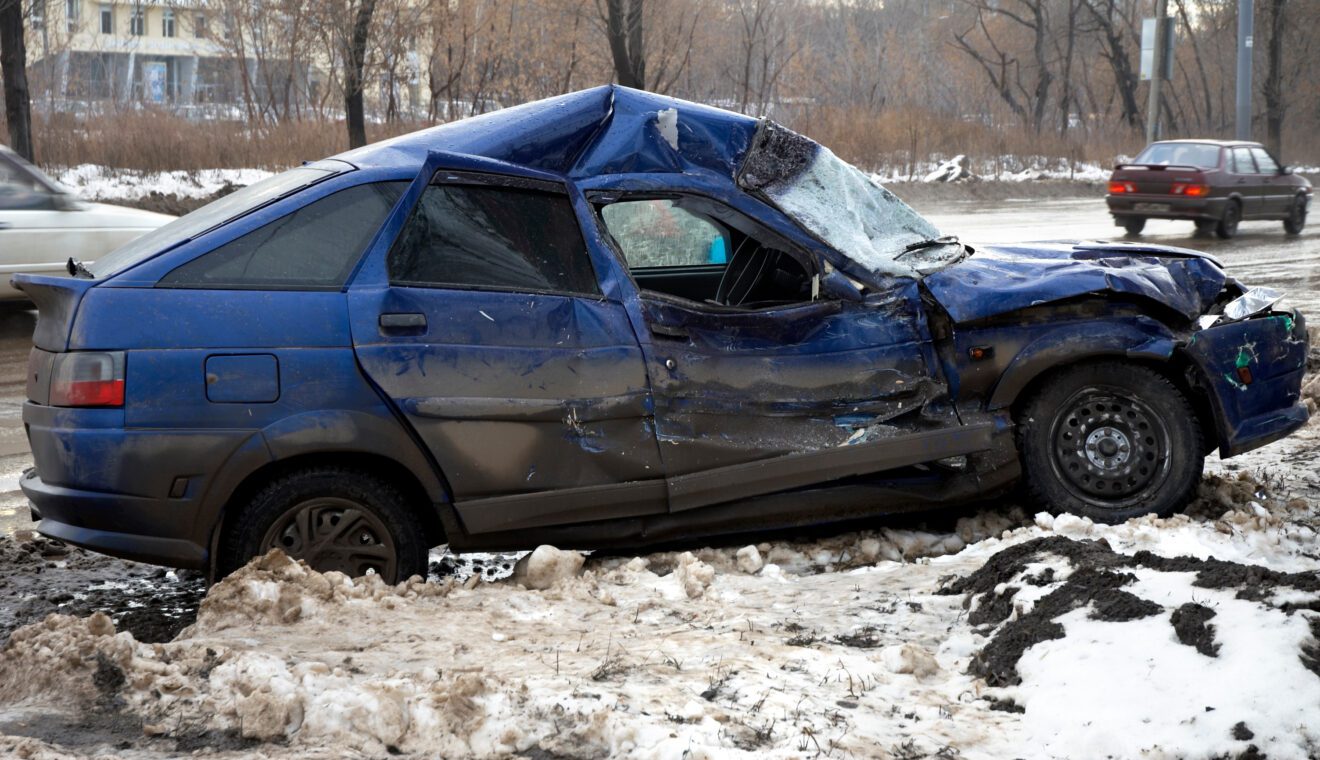HARTFORD – Of the 295 people who died in traffic crashes in Connecticut in 2020, 118 of them – 40 percent – involved a driver who was drunk beyond the legal limit, according to the most recent data f...
Haven’t subscribed yet? Click here to register.
CT Examiner is just $20 a year. And if you want to unsubscribe? That’s online and at the click of a button. No phone calls. No runaround. No hassle.
At less than a tenth the cost of our statewide competitors, our promise to you is no-nonsense federal, state, and local news that’s nonpartisan, respects your privacy and is ad-free.
Subscribe and see why CT Examiner is the fastest growing news source in Connecticut.

